03.22.21 PassageAreas replicate and change their meaning with only the most superficial differences in appearance. The bulging white shape on the left becomes the floor beneath the passageway in the center. A mycelium-like triangular blob connects to a line in the upper left and directs visual traffic toward the passage. Another triangular blob on the right, just above the flat reflective plane, directs traffic toward a dotted line of escape. Each of these triangle blobs is connected to a series of larger amorphous blobs above. Passage is a glitch space. 03.21.21 Three works: Forbidden Seas, Rocking the Billows, Stirring the LeeThese three images are part of a series called Gates. Gates is about overcoming fear by taking courageous leaps of faith. It is about connecting with and trusting something greater than ourselves and returning home to connect with and support others. Forbidden Seas, Rocking the Billows, and Stirring the Lee are inspired by Melville’s quote about the subtleness of the sea and all the violence it contains. They are imagined as the frightful threshold at the beginning of a heroine’s or hero’s journey. It is far easier to stay on our own private islands of comfort and peace than to set sail into the unknown, especially when there is a begging chorus of the fearful insisting not to leave the comfort of land. References:
03.20.21 (Vernal Equinox) Cherry Bomb (v1), Cherry Bomb (v2 - digital concussion)Whenever I see fireworks I remember a particular scene in Cao Xuegin’s, Dream of the Red Chamber. The firecracker is a dark omen in the novel. Its true potential cannot be realized without brilliant, awe-inspiring self-destruction. Fireworks are both spectacle and specter. As a child I enjoyed the colorful spectacle of light and sound. I still enjoy this, however, as an adult I am reminded of conflicts past, present, and future. The darker side of fireworks became even more evident after my brother-in-law returned from a tour of duty in Iraq. Within half a second of hearing a neighborhood celebratory blast he lay flat on his face on my mother-in-law's carpet, a veteran's reflex. Cherry bomb address the firecracker’s duality. In an instance, the beauty and power of luminous destruction makes way for the eerie aftershock of change and loss. References:
03.19.21 Prior to the Chessmens’ ArrivalThis image is about the casual nature of our constructed realities. Specifically, how we follow basic visual cues and function (necessarily) in a kind of autopilot. It would be impossible to function if we were trying to carefully interpret every little spatial cue. The title refers to the manufacture of place, the chessboard of our daily moves. I’ve added a second image with some color coding to outline specific instances where spatial cues are used inconsistently. An exception is red dots which indicate horizontals that have been placed over the blurred surface. These horizontals compress as they recede from the viewer and help to indicate the surface plane’s spatial depth. The green loops show how the object on the back wall is not reflected in the surface while the blue loops show a reflection independent of an object. The Yellow loops show how a strong reflective anchor can carry the experience and override the inconsistencies previously mentioned. The magenta loops help to enhance the sense of reality by suggesting a change in light quality and temperature to coincide with the overlapping planes of space. In spite of all of these inconsistencies, the system of space and depth cues wins the day and the sense of space feels remarkably consistent. 03.18.21 Shell GameLight dancing on the retina is almost never processed as raw information. It is biased by previous stimuli and conditions. A repeated exact shape and color may be interpreted as something entirely different based on a myriad of contextual clues. Our consciousness rearranges and anticipates pulses of light as reality. We track and anticipate the placement but in our bones we know we are complicit in the construction of reality itself. References:
03.17.21 Ancient EyeA missing relic A solitary, disembodied ancient eye A god’s eye Fossilized calculations grind on immortal Like Janus on this present’s edge Peering back to the great flash Beaming forward into ultimate darkness 03.16.21 Synapse Moss grows on heaving stones that merge sympathetically with excited electric light reflected in a crystalline sky. Matter and energy collide, transforming in the crucible of an instance, a lifetime of men, synaptic firings between unknowable realities. 03.14-15.21 Forest BathingInitially my children and I visited the forest to escape domestic confinement without fear of the virus and to expend an unhealthy load of pent up energy. Before long we noticed improvements in all spheres of our lives. The forest heals. The Japanese call the act of spending time in the forest for healing purposes, “Shinrin-yoku,” which translates as “forest bath”. We weren’t just walking, we were forest bathing. I longed to bring the peace I felt in the woods into my home which eventually reminded me of the Farnsworth House designed by Ludwig Mies van der Rohe. The cold, cerebral, a priori qualities - the mathematical steel and glass construction of the International Style interfaces with the a posteriori sensations of natural life and personal experience. Similarly the goal of my image “Forest Bathing” was to merge and to juxtapose the sensations of the warming natural forest space with the pervasive digital spaces, spaces to which my children are native. References:
0 Comments
Leave a Reply. |
Archives
July 2023
Categories |
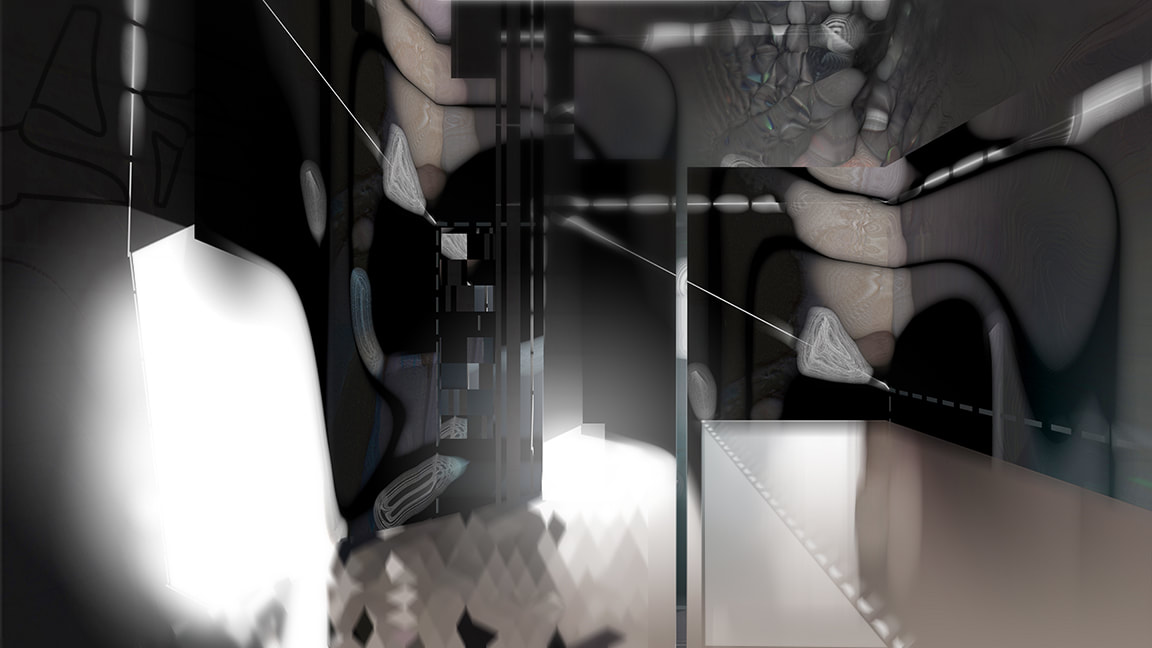
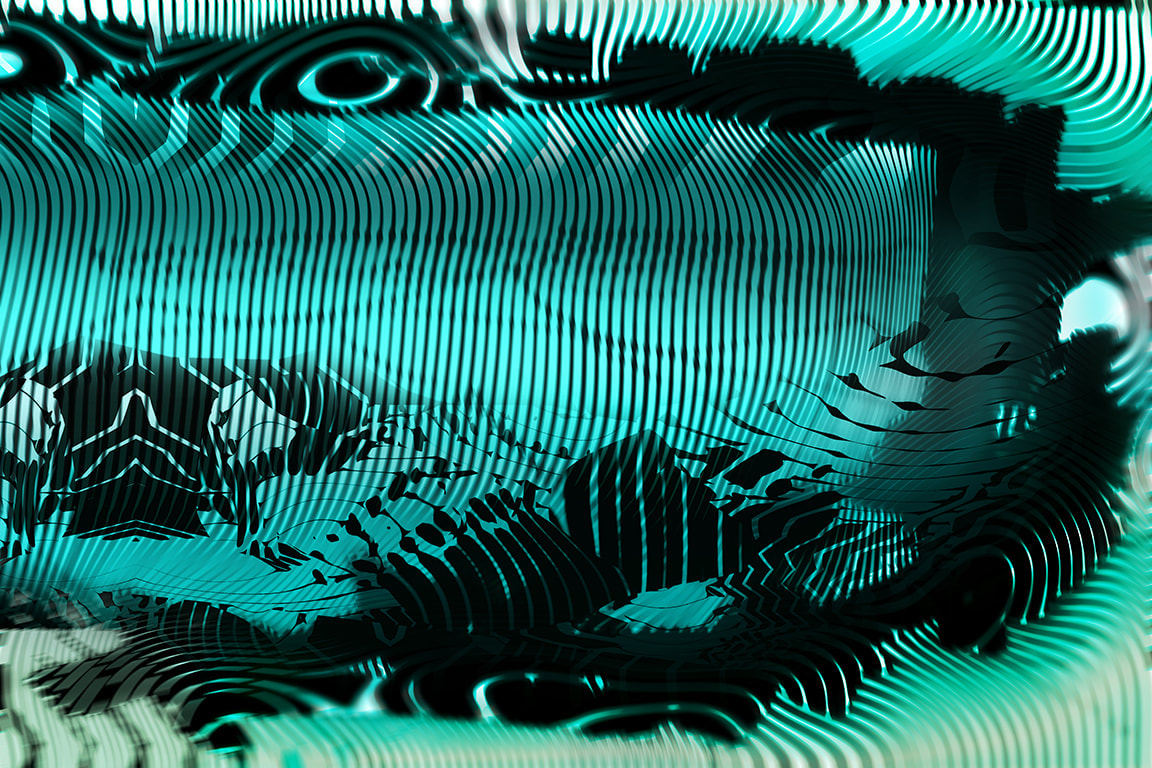
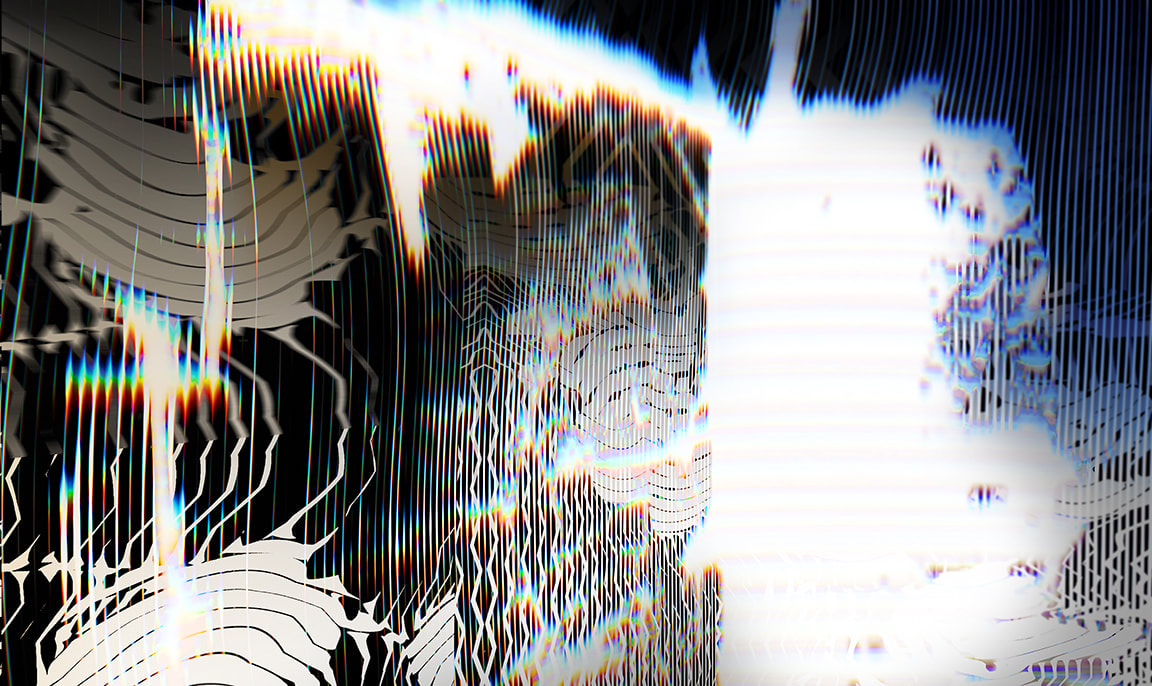
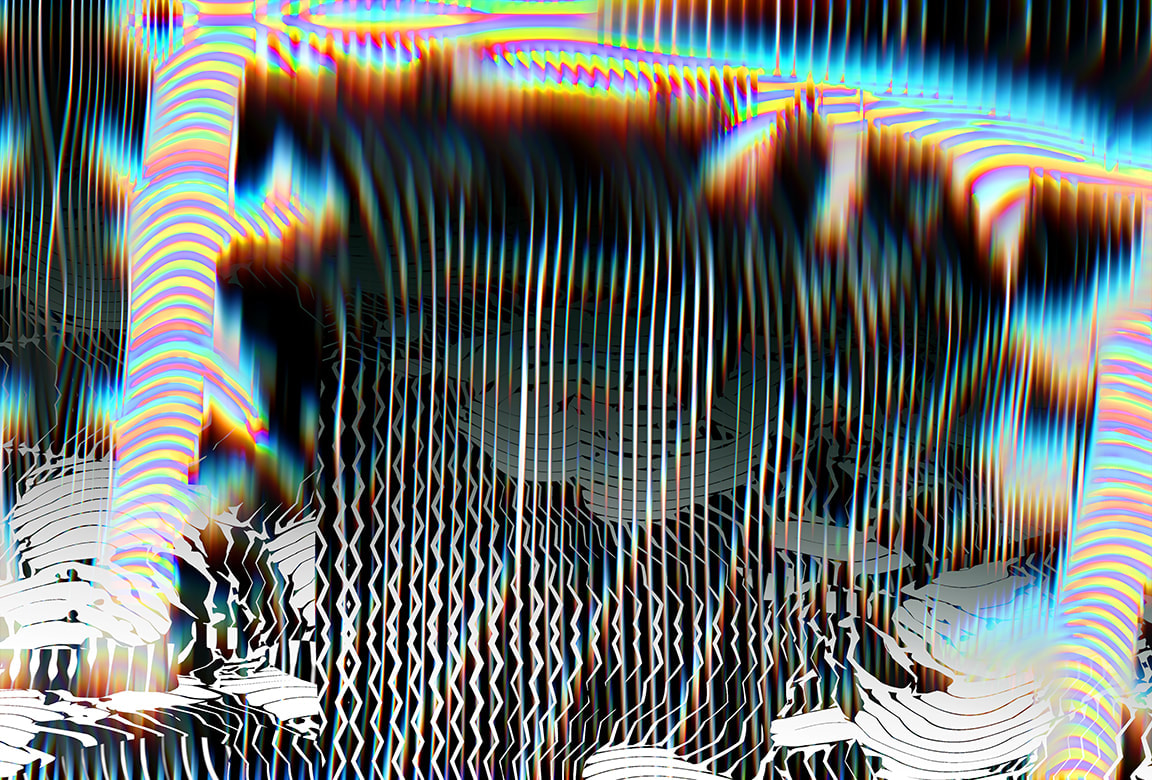
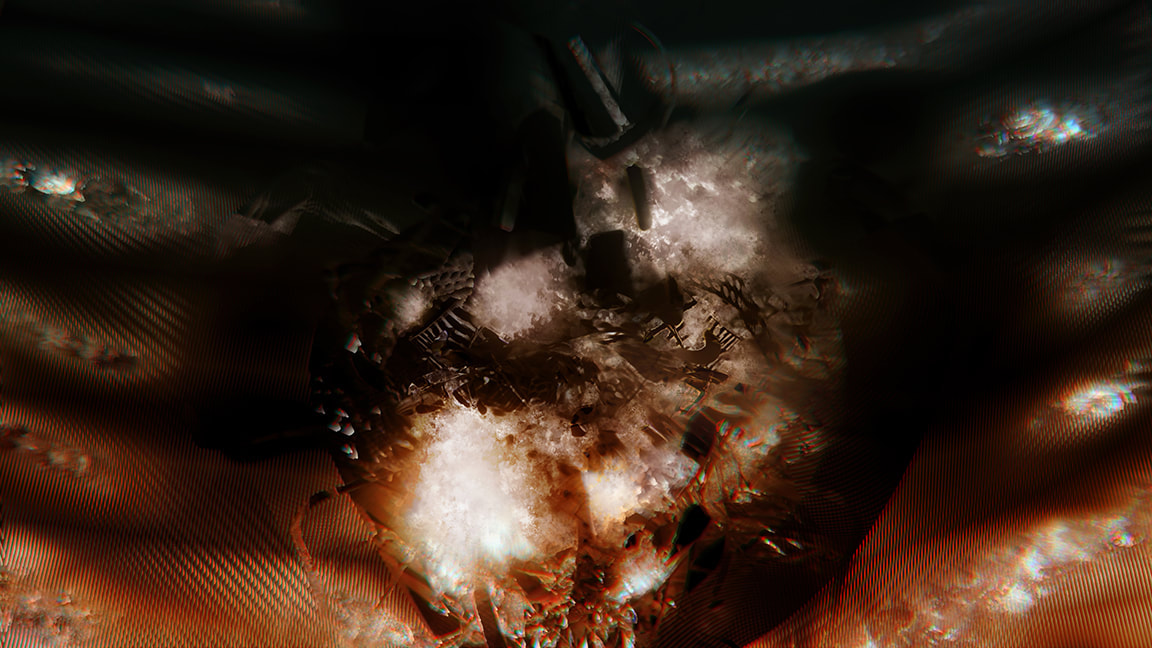
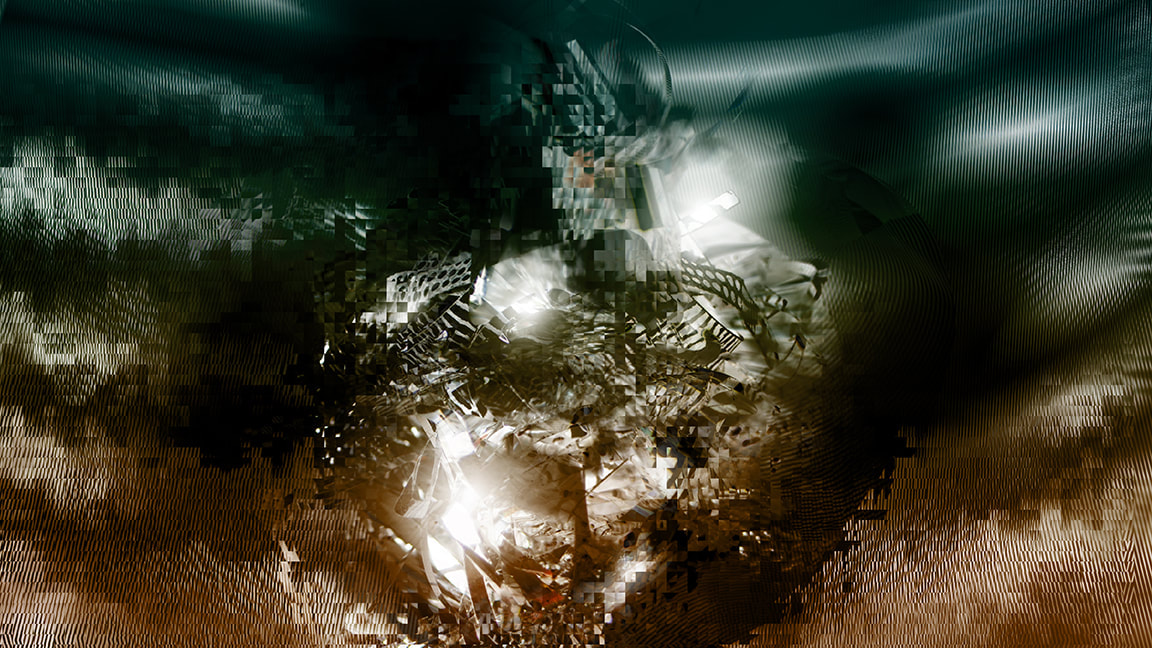
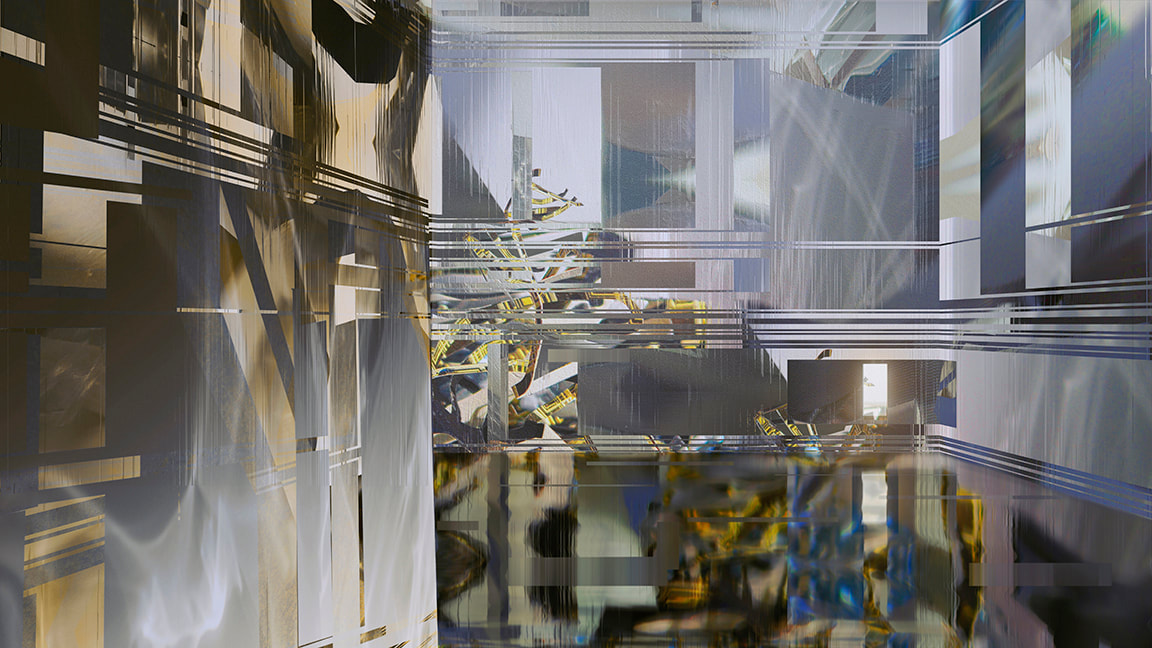
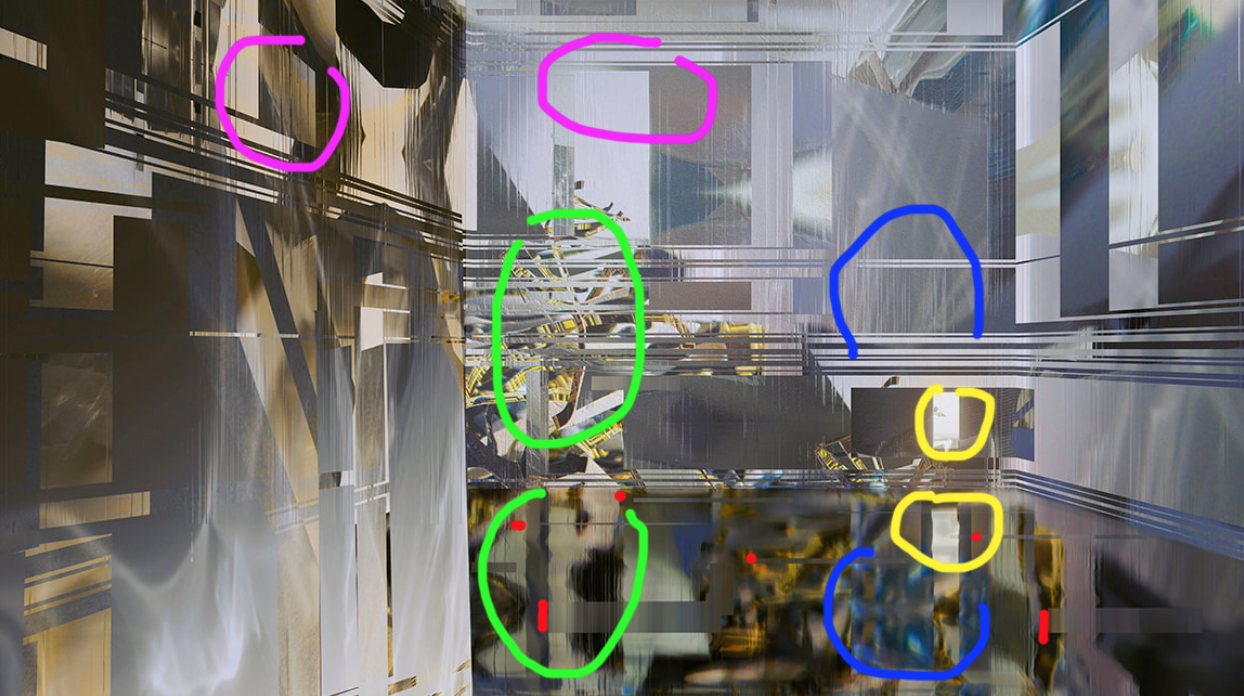
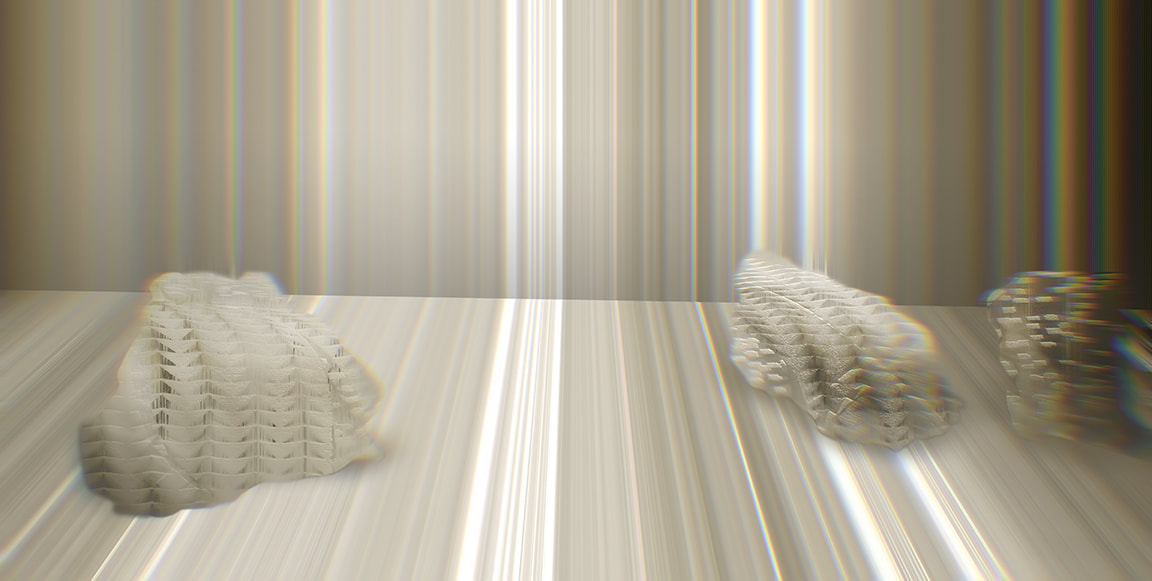
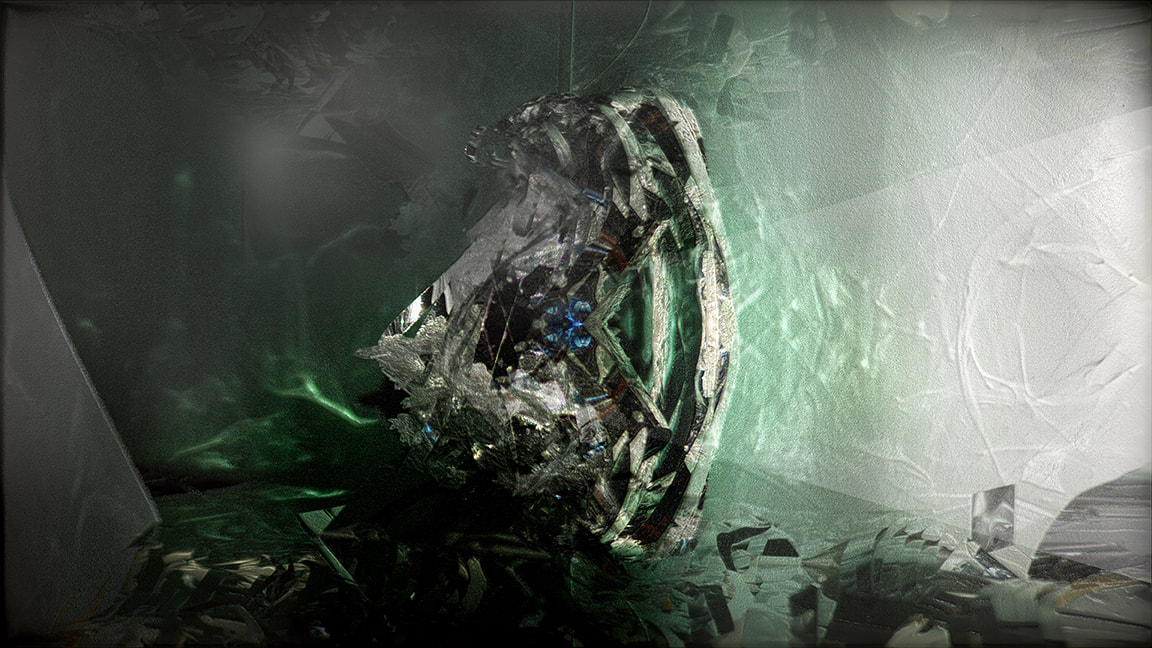
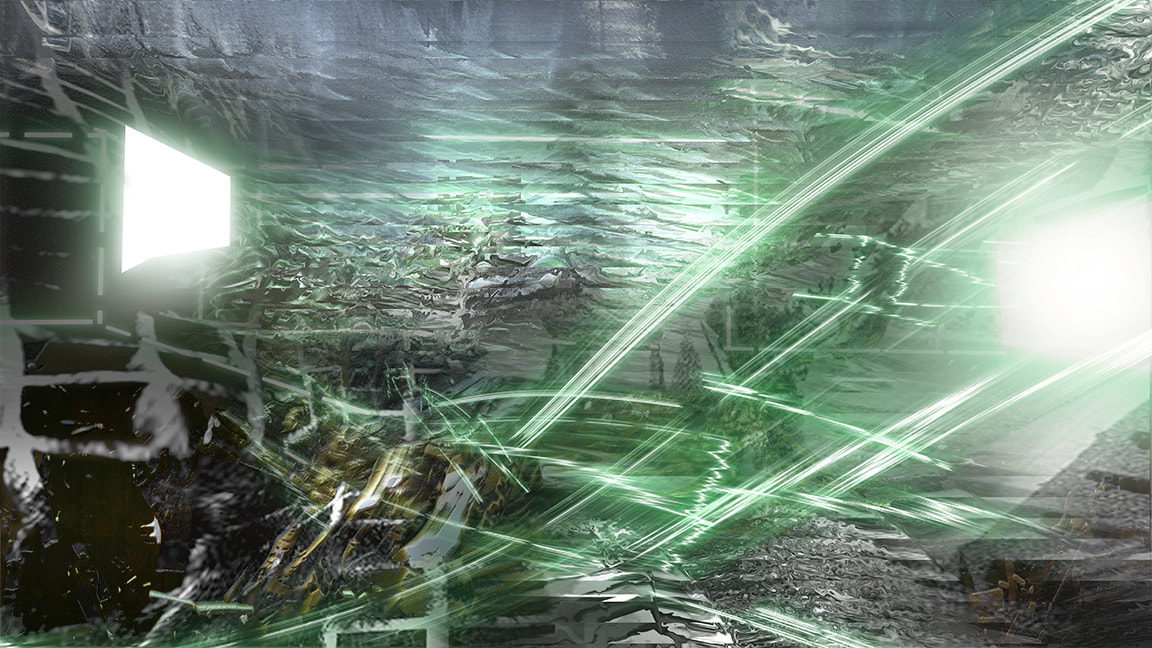
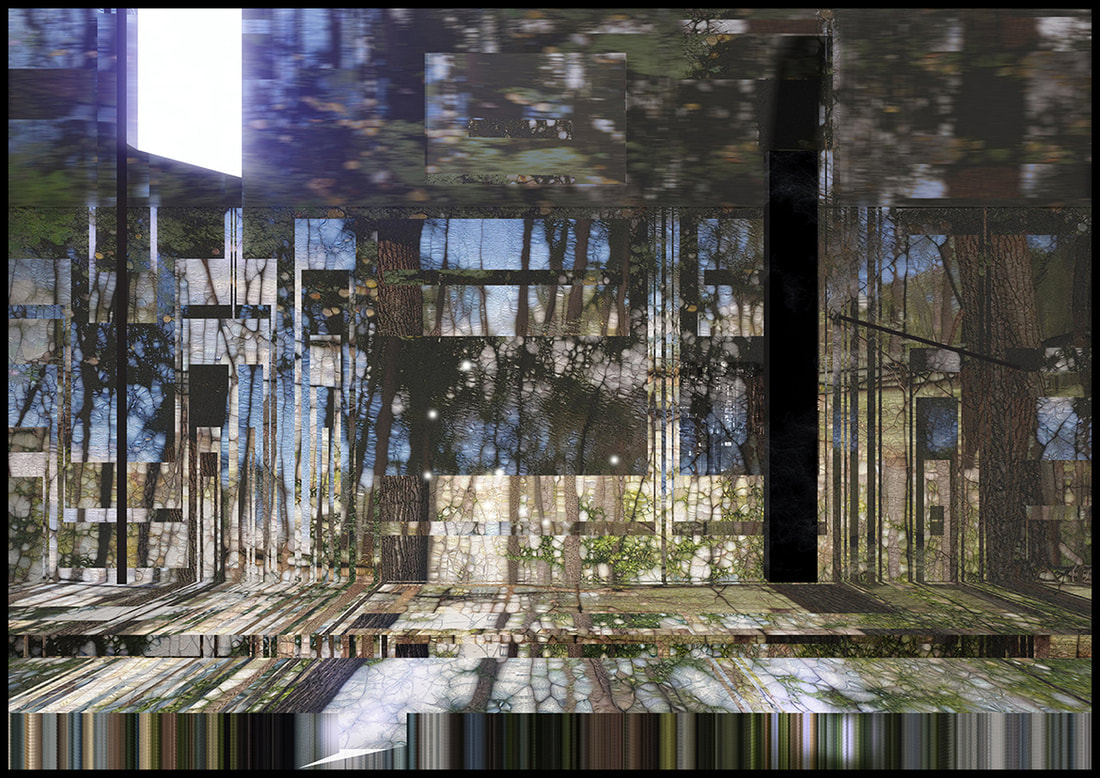

 RSS Feed
RSS Feed